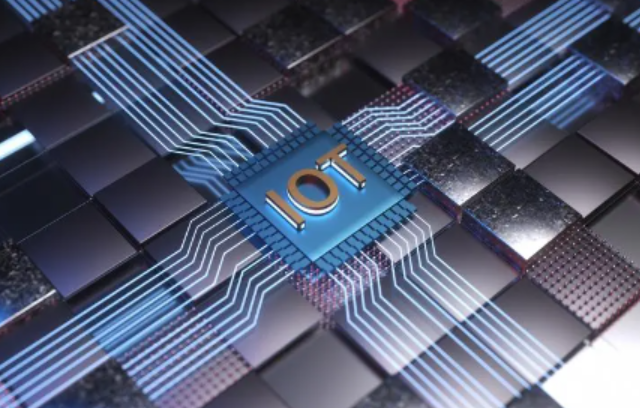
As a telecom engineer, I have witnessed the rapid development of mobile communication technology. Among these advancements, the emergence of LTE technology can be considered a milestone event. It not only brought higher data transmission speeds but also significantly reduced data transmission latency, laying the foundation for the widespread adoption of real-time applications.
Before the advent of LTE, we were constantly troubled by high latency. Back then, video calls were always accompanied by stuttering and delays, and online games often experienced frame freezes. These issues severely affected user experience and limited the development of many real-time applications.
However, the emergence of LTE technology changed everything. By employing advanced transmission technologies, such as OFDMA (Orthogonal Frequency Division Multiple Access) and SC-FDMA (Single Carrier Frequency Division Multiple Access), LTE greatly improved data transmission efficiency. More importantly, it introduced a key technology—TTI (Transmission Time Interval).
TTI refers to the time interval for transmitting data in small chunks. In previous 3G networks, TTI was typically 10 milliseconds or longer. This meant that every time a data packet was sent, it required a wait of at least 10 milliseconds. Although this time seems short, it could mean significant latency for real-time applications.
In contrast, in LTE networks, TTI has been reduced to 1 millisecond. This means that data packets can be sent and received more quickly, greatly reducing end-to-end latency. For real-time applications like video calls and online gaming, this is a tremendous breakthrough.
I still remember the first time I used an LTE-supported phone for a video call. The smooth experience left me in awe. The video and audio were almost synchronized, with no noticeable delay. This “real-time” feeling was something previous networks could not provide.
In addition to TTI, LTE introduced other technologies to reduce latency. For example, it optimized signaling processes, reducing the time required to establish connections. It also introduced semi-persistent scheduling, allowing data to be transmitted continuously for a certain period without frequent scheduling requests.
The comprehensive application of these technologies has made LTE networks’ latency significantly lower than previous networks. According to measurements, the end-to-end latency of LTE networks can be as low as 20-30 milliseconds, a huge improvement compared to the 100-150 milliseconds of 3G networks.
The benefits of low latency go beyond enhancing user experience; it also opens up many new application scenarios. For instance, in the industrial sector, low latency enables real-time control of remote devices; in the medical field, it supports remote surgery and real-time monitoring; in the autonomous driving domain, low latency is key to vehicles’ real-time responses.
As a telecom engineer, I am proud to be part of this latency revolution. Our work makes real-time communication possible and brings people closer together. Of course, challenges always exist. With the arrival of the 5G era, we will face even higher speed and lower latency requirements. However, I believe that with continuously innovative technologies and a spirit of perseverance, we will undoubtedly continue to drive the development of communication technology, making “real-time” the new norm for future communications.
 KEY-IOT
KEY-IOT



